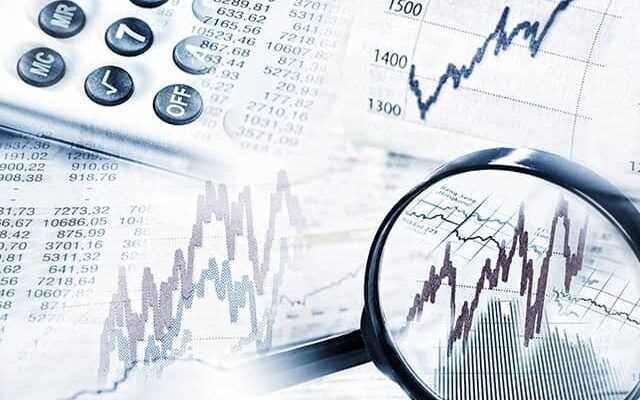(AOF) – Total traffic for the ADP group increased by 37.2% in 2021, with 160 million passengers welcomed across the entire network of managed airports. This represents 45.6% of the level of group traffic in 2019 (pre-crisis). For Paris Aéroport alone, traffic rebounded by 26.8% last year, with 41.9 million passengers welcomed, i.e. 38.8% of Paris Aéroport’s traffic in 2019.
In detail, traffic at Paris-Charles de Gaulle increased by 17.7% last year, with 26.2 million passengers welcomed, or 34.4% of traffic in 2019.
For its part, traffic at Paris-Orly increased by 45.6% in 2021, with 15.7 million passengers welcomed, or 49.4% of traffic in 2019.
Overall, ADP notes that the year 2021 has been marked by a gradual recovery in traffic, in line with its forecasts.
AOF – LEARN MORE
The strengths of the value
– World number one in airport management with nearly 300 million passengers;
– Turnover of €2.15 billion divided into 5 divisions – the aeronautical activities of the 3 Paris airports, shops & services, the real estate activity of the terminals (ADP being one of the largest landowners on the Ile -de-France), international and other activities;
– Economic model aiming to become a leader in the design, construction and operation of airports and relying on the 3 Paris airports, the 27 airports managed in the world as well as on agreements with airlines;
– Capital 50.6% owned by the French State, ahead of the Dutch company Shiphol (8%) and the Vinci group (8%), Augustin de Romanet, managing director, chairing the 15-member board of directors.
Challenges
– Innovation strategy focused on telecom & mobility services via Hub One;
– Environmental strategy centered on Paris airports: certification of management systems, carbon neutrality in 2030, improvement of air quality, 25% of clean vehicles in the car fleet, waste recovery and maintenance of 15% energy renewable via internal geothermal energy;
– Continuation of cost reductions (reduction of wages and limitation of maintenance investments in Paris, between €500 and €600 million), the resumption of traffic at its pre-health crisis level being expected between 2024 and 2027.
Challenges
– Strong correlation to variations in the pandemic and the financial health of airlines, in particular EasyJet and AirFrance-KLM, 1
er
and 2
th
operators in Paris;
– Abandonment of the “CRE3” price list which favored long-haul or connecting flights;
– Postponement at the end of 2025 of the RER CDG Express linking Paris to Roissy;
– At the end of September 2021, 12% increase in revenue and 14.5% increase in traffic.
Air transport: a very gradual recovery
If the resumption of air transport is looming, the International Air Transport Association (IATA) has revised its traffic forecast for 2021 downwards.
In 2021, air traffic is expected to be 43% of its pre-Covid-19 level, according to the latest IATA forecast, which previously forecast 51%. Not all companies will benefit equally from the recovery.
Gradual improvement
IATA estimates losses for the industry at $47.7 billion this year compared to $126.4 billion in 2020. Total passenger numbers are expected to reach 2.4 billion in 2021, well below the 4.5 billion of 2019.
The health crisis had a very significant impact on the accounts of European airports, which lost 70% of their traffic in 2020. They lost 60% of their income, or 29.2 billion euros. Unlike the airlines, they have benefited very little from state aid. Aid reached 2.17 billion euros, against more than 34 billion for carriers. Given the slow recovery, major European airports will not regain their normal investment capacity before 2032. According to the Association of European Airports (ACI Europe), traffic will not return to its 2019 level before 2024 or 2025. During this recovery period, cost pressure will remain high due to health measures and certain regulatory provisions.
Impact on business travel
Experts believe that low-cost airlines, focused on leisure customers, will benefit the most from the recovery. They are more flexible and less dependent on the reopening of international lines and the return of business customers. The business tourism activity suffered a collapse of its activity but it is above all faced with a complete redefinition of its model with the rise of virtual solutions and their low cost. This structural drop in business travel will have a strong impact on airlines. According to experts, if 25% of tickets on a flight are purchased for business travel, they generate 55% to 75% of airline profits.
